Myths of water. 7 Common Myths on Healthy Hydration Debunked: Essential Facts for Optimal Health
How much water should you really drink each day. Are sports drinks necessary after exercise. Can you overhydrate. Discover the truth about hydration myths and learn how to stay properly hydrated for optimal health.
The Importance of Proper Hydration for Overall Health
Water is essential for our bodies to function properly. It plays a crucial role in regulating body temperature, lubricating joints, preventing infections, delivering nutrients to cells, and maintaining organ system functionality. Given its importance, it’s no surprise that many myths and misconceptions about hydration have emerged over time. This article aims to debunk some of the most common hydration myths and provide accurate information to help you maintain optimal health.
Debunking the “8 Glasses a Day” Rule: Personalized Hydration Needs
One of the most persistent myths about hydration is the idea that everyone should drink eight glasses of water per day. However, this one-size-fits-all approach doesn’t account for individual differences in body composition, activity levels, climate, and other factors that influence hydration needs.

The U.S. Centers for Disease Control and Prevention (CDC) recommends a more personalized approach to daily water intake:
- Men: Approximately 125 ounces (3.7 liters) from all food sources
- Women: Approximately 91 ounces (2.7 liters) from all food sources
It’s important to note that these recommendations include fluids from both liquids and solid foods. Your individual needs may vary based on factors such as age, weight, activity level, and climate.
How can you tell if you’re properly hydrated?
A simple and effective way to gauge your hydration status is by monitoring the color and volume of your urine. If your urine is pale yellow or clear, and you’re urinating every few hours, you’re likely well-hydrated. Conversely, dark yellow or brownish urine may indicate dehydration.
Beyond Water: Diverse Sources of Hydration
Another common misconception is that water is the only effective way to stay hydrated. While drinking water is indeed crucial, it’s not the sole source of hydration available to us.
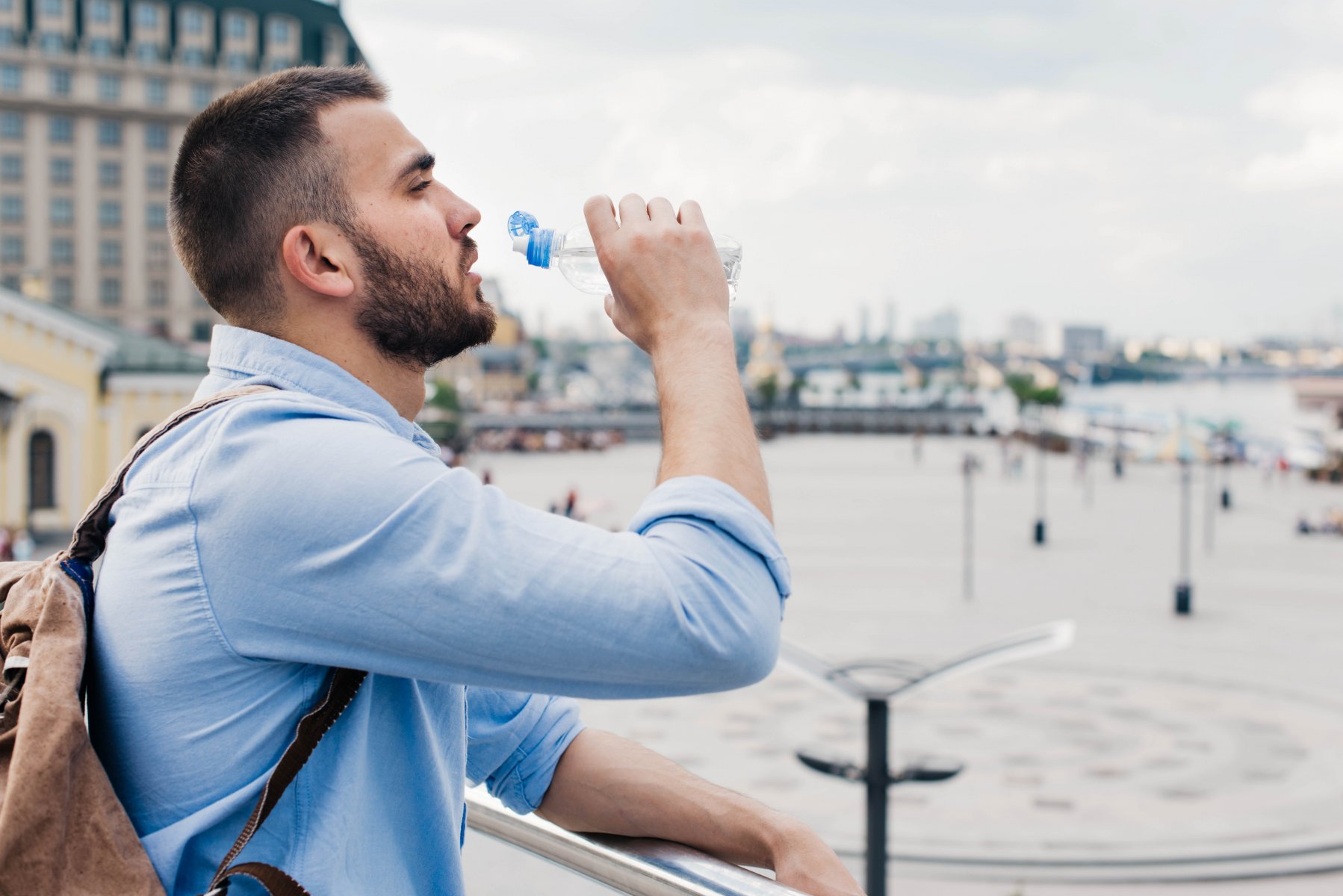
What percentage of our daily fluid intake comes from food?
Approximately 20% of our daily fluid intake comes from the foods we eat. Many fruits and vegetables have high water content and can contribute significantly to our hydration levels. Some hydrating foods include:
- Strawberries
- Cantaloupe
- Watermelon
- Spinach
- Kale
- Cucumbers
- Celery
Incorporating these water-rich foods into your diet can help boost your daily fluid intake and support overall hydration.
Are there foods that can contribute to dehydration?
Yes, certain foods can have a dehydrating effect on the body. Foods high in sodium, such as packaged snacks and processed meals, can cause the body to draw water out of cells to balance sodium levels in the blood, potentially leading to dehydration. It’s important to be mindful of your sodium intake and balance it with adequate hydration.
Thirst and Dehydration: Understanding the Relationship
A widely circulated myth suggests that feeling thirsty means you’re already dehydrated. However, the relationship between thirst and hydration status is more complex than this simplistic view suggests.

Does thirst always indicate dehydration?
No, thirst doesn’t always correlate with dehydration. Several factors can trigger thirst without necessarily indicating a state of dehydration:
- Medical conditions (e.g., diabetes)
- Medication side effects
- Consuming spicy foods
While thirst is your body’s way of signaling that you should drink water, it doesn’t necessarily mean you’re already in a state of significant dehydration. Your water deficit might be minimal when you first experience thirst.
The Dangers of Overhydration: When Too Much Water Becomes Harmful
Contrary to popular belief, it is possible to drink too much water. This condition, known as hyponatremia, occurs when sodium levels in the body become dangerously low due to excessive water intake.
What are the symptoms of hyponatremia?
Symptoms of hyponatremia can include:
- Confusion
- Nausea
- Headaches
- Convulsions
Certain groups are at higher risk for developing hyponatremia, including:
- People with underlying conditions such as congestive heart failure or kidney failure
- Endurance athletes
- Extreme athletes
It’s crucial to maintain a balanced approach to hydration, drinking enough to meet your body’s needs without going overboard.
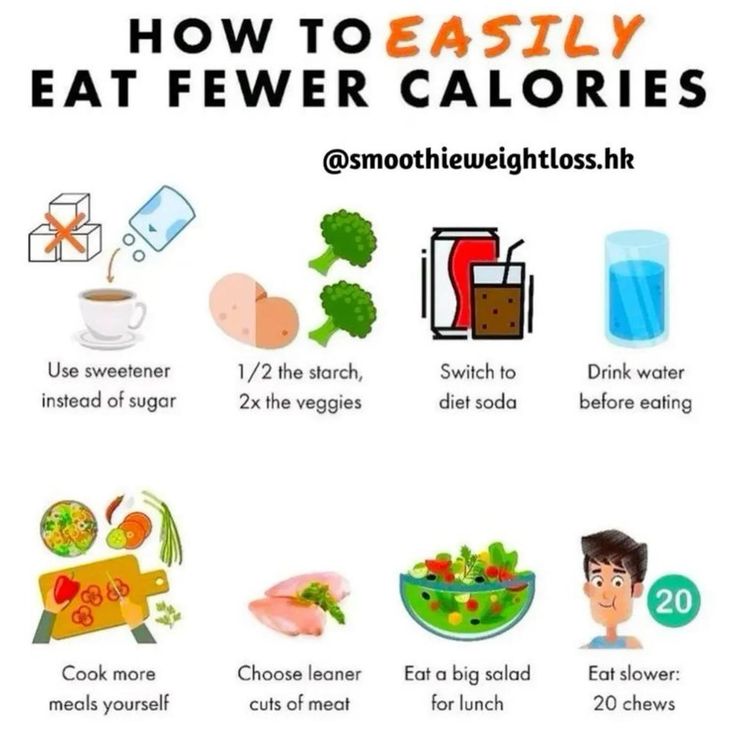
Coffee and Hydration: Debunking the Dehydration Myth
For years, it was believed that coffee acted as a diuretic and caused dehydration. However, recent scientific studies have challenged this long-held belief.
Does coffee contribute to hydration?
Contrary to popular belief, caffeinated beverages consumed in moderation can provide similar hydration benefits as non-caffeinated drinks. This means that your morning cup of coffee can indeed count towards your daily fluid intake.
It’s important to note that moderation is key. While moderate coffee consumption can contribute to hydration, excessive intake may still have diuretic effects. As with most aspects of nutrition, balance is crucial.
Sports Drinks vs. Water: Choosing the Right Hydration for Exercise
The use of sports drinks for rehydration after exercise is a topic of ongoing debate. While these beverages are marketed as essential for post-workout recovery, their necessity depends on various factors.
When are sports drinks beneficial?
Sports drinks can be beneficial in specific situations:

- During or after long, strenuous activities lasting 60 minutes or more
- In hot and humid conditions where excessive sweating occurs
- For endurance athletes or those engaged in high-intensity training
In these cases, sports drinks can help replenish not only fluids but also electrolytes lost through perspiration.
Are there alternatives to commercial sports drinks?
Yes, there are alternatives to commercial sports drinks that can be equally effective:
- Water combined with a salty snack (e.g., peanuts)
- Homemade electrolyte drinks using natural ingredients
- Coconut water (a natural source of electrolytes)
For most people engaging in moderate exercise or short workouts, plain water remains the best choice for rehydration. It’s calorie-free, readily available, and doesn’t contain added sugars or artificial additives found in many commercial sports drinks.
Addressing Dehydration: When to Drink Water and When to Seek Medical Help
While drinking water is often sufficient to address mild dehydration, there are situations where more intensive interventions may be necessary.

How can you treat mild dehydration at home?
For mild dehydration symptoms such as dry mouth, fatigue, headaches, or mild muscle cramps, increasing your water intake is usually sufficient. You can also consume hydrating foods and electrolyte-rich beverages to help restore your fluid balance.
When should you seek medical attention for dehydration?
If you experience moderate to severe dehydration symptoms, immediate medical attention is crucial. These symptoms may include:
- Confusion
- Severe muscle cramps
- Low blood pressure
- Mobility problems
In such cases, medical professionals may need to administer IV fluids or, in extreme cases, perform short-term dialysis to rapidly restore hydration and electrolyte balance.
Personalized Hydration: Tailoring Your Fluid Intake for Optimal Health
Given the individual nature of hydration needs, it’s essential to develop a personalized approach to fluid intake. Factors such as age, weight, activity level, climate, and overall health status all play a role in determining your optimal hydration strategy.

How can you determine your personal hydration needs?
To develop a personalized hydration plan:
- Consult with your primary care provider or a registered dietitian
- Consider your daily activity level and exercise routine
- Take into account any medical conditions or medications that may affect your fluid needs
- Monitor your urine color and frequency as a general guide
- Pay attention to your body’s thirst signals
Remember that your hydration needs may change over time or in different situations, so it’s important to regularly reassess and adjust your fluid intake as necessary.
Can you enhance the hydrating properties of water?
Yes, you can make water more appealing and potentially more hydrating by adding natural ingredients such as:
- Lemon or lime slices
- Cucumber
- Fresh mint leaves
- Berries
These additions can not only improve the taste of water but also provide additional nutrients and electrolytes that support hydration.
By understanding the truth behind common hydration myths and adopting a personalized approach to fluid intake, you can ensure that your body remains properly hydrated. This, in turn, supports overall health, enhances physical performance, and helps prevent the dangerous complications associated with dehydration. Remember, staying hydrated is an essential component of a healthy lifestyle, and with the right knowledge and practices, you can optimize your hydration for better health and well-being.
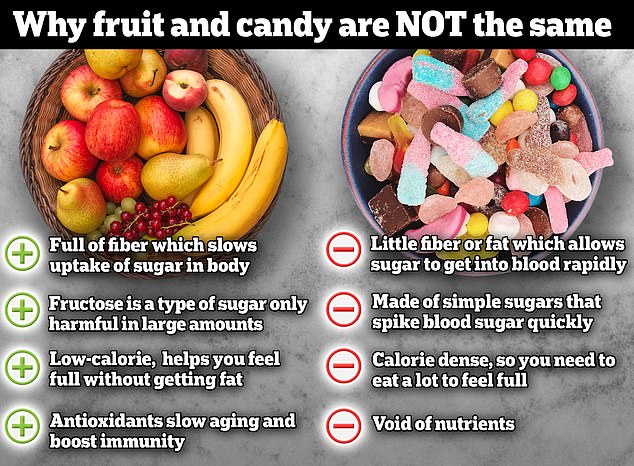
7 Common Myths on Healthy Hydration Debunked
Posted January 16, 2023 by Manveen Mann, MD
When it comes to hydration, it’s a simple rule: Drink eight glasses of water each day, right? Wrong. There is a lot of misinformation surrounding hydration, including this common myth, which can make it difficult to distinguish fact from fiction.
Water is essential for healthy bodies, as we are made up mostly of water. Getting enough water enables our bodies to regulate body temperature, keep joints lubricated, prevent infection, deliver nutrients to cells and keep organ systems functioning properly.
But, there is no one-size-fits-all rule when it comes to hydration. We all come in different shapes, sizes, ages and activity levels — not to mention the various climates we live in — so it makes sense our hydration requirements differ, too.
A good rule of thumb to determine if you’re hydrated is to check the color and volume of your urine. If it’s pale yellow or even clear, and you’re heading to the bathroom once every few hours, you’re likely hydrated. However, if your urine is dark yellow or even brownish, you could be dehydrated.
However, if your urine is dark yellow or even brownish, you could be dehydrated.
Summa Health debunks 7 common myths to get to the truth about hydration so you can take the necessary steps for optimal health — and avoid dangerous complications that can come from dehydration.
Myth: Drink 8 glasses of water each day.
As previously mentioned, hydration needs are different for everyone. Instead, the U.S. Centers for Disease Control and Prevention determined adequate daily water intake should be about 125 ounces (3.7 liters) for men and 91 ounces (2.7 liters) for women from all food sources — including both liquids and solid foods.
Myth: Liquid is the only way to rehydrate.
While drinking plenty of water each day is a healthy habit, it’s not the only way to rehydrate. In fact, about 20 percent of your fluids come from foods you eat. Soups, juicy fruits, such as strawberries, cantaloupe and watermelon, and veggies, including spinach, kale, cucumbers and celery, all have high water content that will boost your daily fluid intake.
Beware, however, foods high in sodium, such as packaged foods and salty snacks, can have the opposite effect. When salt circulates in the blood, the body responds by drawing water out of cells to balance things out, causing dehydration.
Myth: If you’re thirsty, you’re already dehydrated.
The fact is thirst does not always correlate with dehydration. Some medical conditions, such as diabetes, or side effects from medications can make you thirsty without your body actually being dehydrated. Even something as simple as eating spicy foods can make you thirstier than normal.
But if you’re thirsty, listen to your body. It’s telling you to drink water, but it doesn’t necessarily mean you’re already dehydrated. Your water deficit can be trivial.
Myth: You can’t overhydrate.
Surprisingly, it is possible to overhydrate and drink more than your body can flush out. It’s a condition called hyponatremia, where sodium levels in the body become dangerously low. Symptoms of hyponatremia include confusion, nausea, headaches and convulsions. People with underlying conditions, such as congestive heart or kidney failure, as well as endurance or extreme athletes, are at a higher risk for this condition.
Symptoms of hyponatremia include confusion, nausea, headaches and convulsions. People with underlying conditions, such as congestive heart or kidney failure, as well as endurance or extreme athletes, are at a higher risk for this condition.
Myth: Coffee is dehydrating.
For a long time, medical experts believed coffee acted as a diuretic and caused dehydration. But in recent years, several studies have shown caffeinated beverages consumed in moderation provide the same hydration as non-caffeinated drinks. So go ahead, count your morning cup of joe toward your daily fluid intake.
Myth: Sports drinks are a great way to rehydrate after exercise.
It depends. Sports drinks contain large amounts of sugar, artificial additives and calories. For this reason, water is the best way to rehydrate after exercise. Plus, you can flavor it with natural ingredients, such as lemon, cucumber, mint or berries.
However, if you engage in long, strenuous activity for 60 minutes or more, fortified sports drinks are a good option to help replenish the fluid and electrolytes your body loses through perspiration. However, water and a salty snack, like peanuts, is a good option, too.
However, water and a salty snack, like peanuts, is a good option, too.
Myth: The best way to rehydrate is to drink water.
In most cases, yes, drinking water can remedy dehydration if you have mild symptoms, such as dry mouth, fatigue, headaches or muscle cramps.
However, if you’re experiencing moderate to severe dehydration symptoms, such as confusion, severe muscle cramps, low blood pressure or mobility problems, immediate medical attention is necessary. You may require IV fluids or short-term dialysis, in extreme cases.
If you’re wondering what healthy hydration means for you, talk to your doctor about appropriate daily fluid intake for your body and lifestyle. Your primary care provider can review your medical history, health conditions and medications you’re taking to help determine what’s right for you. To schedule an appointment with a Summa Health primary care provider, call 800.237.8662 or visit summahealth.org/primarycare..
Busting 5 common myths about water and hydration : Life Kit : NPR
Photo Illustration by Becky Harlan/NPR
Photo Illustration by Becky Harlan/NPR
Drink eight glasses of water a day. Coffee will make you dehydrated. Drinking extra water can help you lose weight.
Coffee will make you dehydrated. Drinking extra water can help you lose weight.
You’ve probably heard these claims about water and hydration before. But are they true?
To set the record straight, Life Kit talks to Tamara Hew-Butler, associate professor of exercise and sports science at Wayne State University; Mindy Millard-Stafford, director of the Exercise Physiology Laboratory at Georgia Tech; and Yuki Oka, a professor of biology at Caltech who specializes in thirst.
They explain the science of hydration and bust 5 common myths about water.
Myth #1: You need to drink at least eight glasses of water a day.
Photo Illustration by Becky Harlan/NPR
Photo Illustration by Becky Harlan/NPR
Is the advice of drinking eight, 8-ounce glasses of water a day to stay hydrated true? Researchers in 2002 tried to pin down studies that might support the claim by looking through multiple scientific databases — but were unable to find rigorous evidence behind it.
What we do know, says Hew-Butler, is that water is essential for our bodies. It makes up a majority of our cells and blood, flushes out waste through our urine and helps cool our bodies through sweat. Too little water, and our cells shrivel up from dehydration. Too much water, and our cells swell up from hyponatremia.
So how much water should we be drinking on a daily basis? It depends, says Hew-Butler, on your body size, your activity level, the temperature and how much you’re sweating.
Because of these factors, there’s no hard and fast rule for how much water you should consume. “The best advice is to listen to your body,” she says. “If you get thirsty, drink water. If you’re not thirsty, you don’t need to drink water.”
“This will protect you against the dangers of both drinking too much and drinking too little,” she adds. “And this recommendation applies to [people of] all shapes and sizes in all temperature conditions.”
Hew-Butler says hydration is also about the balance of water to salt. Sodium is necessary for our nerves and muscles to function. And it’s what our body uses to regulate the amount of fluid it needs to stay hydrated.
Sodium is necessary for our nerves and muscles to function. And it’s what our body uses to regulate the amount of fluid it needs to stay hydrated.
Thirst plays a central role in fine-tuning that balance, she explains. “There are sensors located in your brain and they are constantly tasting your blood to see if [there’s] just the right [amount of] salt. If it’s too salty, then [those sensors are] like, ‘Oh my God, I need more water.’ When that happens, it makes you thirsty.”
Then, if you drink too much water and the sensors in your brain detect that your blood is too watery, they signal a hormone that tells your kidneys to pee out the extra water, she says.
In short: you don’t need an app to tell you how much water to drink or guzzle a gallon of water a day – just trust your body to let you know when to drink water, says Hew-Butler.
There are, however, a few exceptions. Some research suggests that older people may have a reduced sensitivity to thirst and a decreased amount of water in their bodies — and are therefore at higher risk of dehydration. So they may need to be more intentional about their water intake. And other research has demonstrated that drinking more water can help with certain medical conditions, including kidney disease, kidney stones and urinary tract infections.
So they may need to be more intentional about their water intake. And other research has demonstrated that drinking more water can help with certain medical conditions, including kidney disease, kidney stones and urinary tract infections.
Myth #2: Caffeine makes you dehydrated.
Photo Illustration by Becky Harlan/NPR
Photo Illustration by Becky Harlan/NPR
Another persistent myth about hydration states that caffeine is a diuretic that makes you pee, and therefore caffeinated drinks like coffee and tea don’t hydrate your body. The idea is based on the findings of a study from 1928 that looked at three people. Not only is that sample incredibly small by today’s standards, but the finding has not held up to more recent experiments. So consider this myth busted.
According to multiple studies, ranging from a 2003 review of research dating back to 1966 to a 2014 clinical trial that compared coffee to water ingestion in 50 men, caffeine can be a mild diuretic in large amounts for people who aren’t accustomed to it. But caffeinated drinks consumed in moderation provide the same hydration as non-caffeinated drinks.
But caffeinated drinks consumed in moderation provide the same hydration as non-caffeinated drinks.
“Those studies have shown that drinking caffeinated and some low alcohol-content beverages [such as beer] are not much different than drinking water,” says Millard-Stafford of Georgia Tech.
Essentially, with the exception of higher alcohol-content beverages like hard liquor, all liquids count towards hydration. As does food. The experts we spoke to say about 20% of your fluid intake comes from the food you eat, from fruits and vegetables to pasta.
Myth #3: We need sports drinks to replace salt and other electrolytes.
Photo Illustration by Becky Harlan/NPR
Photo Illustration by Becky Harlan/NPR
You might hear that you need sports drinks to replace salt and other minerals known as electrolytes (like potassium and chloride, which are also essential for our bodies) when you’re active.
If you’re exercising for more than an hour or so, it’s likely you will need to replace the salt you’re sweating out along with water, say the experts. But you don’t have to do that by drinking sports drinks like Gatorade. While they can be one effective way to replace the body’s salt, you can get that salt from other foods and drinks. And like thirst, you can trust your body to tell you how much you need.
But you don’t have to do that by drinking sports drinks like Gatorade. While they can be one effective way to replace the body’s salt, you can get that salt from other foods and drinks. And like thirst, you can trust your body to tell you how much you need.
Researchers have found that along with a thirst for water, humans have evolved a thirst for salt and other minerals too. “The brain monitors [how much you lose], then triggers a precise appetite” for something salty, says Oka, the professor of biology at Caltech. That might be sports drinks — or a salty snack like peanuts.
Hew-Butler and a team of colleagues conducted a study to find out just how well the body’s thirst mechanism for salt works. They analyzed five years of research on ultra-marathon runners in northern California. Organizers at the races set out tables with salty snacks such as peanuts, pickles, salted watermelon and even salt packets in addition to water, soda and sports drinks and encouraged the runners to consume only what they craved. The researchers found that the runners were able to keep their salt-balance levels in check just by following their thirst and appetite.
The researchers found that the runners were able to keep their salt-balance levels in check just by following their thirst and appetite.
Bottom line? Your body will tell you when it’s got a hankering for salt — so let your cravings be your guide.
Myth #4: Drinking water can help you lose weight.
Photo Illustration by Becky Harlan/NPR
Photo Illustration by Becky Harlan/NPR
Some small studies have found that drinking water before meals can help certain groups of people lose weight. The idea is that water makes your stomach feel full, and therefore, you eat less.
However, there are many conflicting studies on this topic. For example, one paper found that drinking up to 500 mL of water 30 minutes before a meal led to weight loss in a group of young men, but another paper found that the tactic did not work for younger people in the study — only the older ones.
And when scientists looked at papers on this subject in a systematic review, they concluded that there’s just not enough evidence for the general public.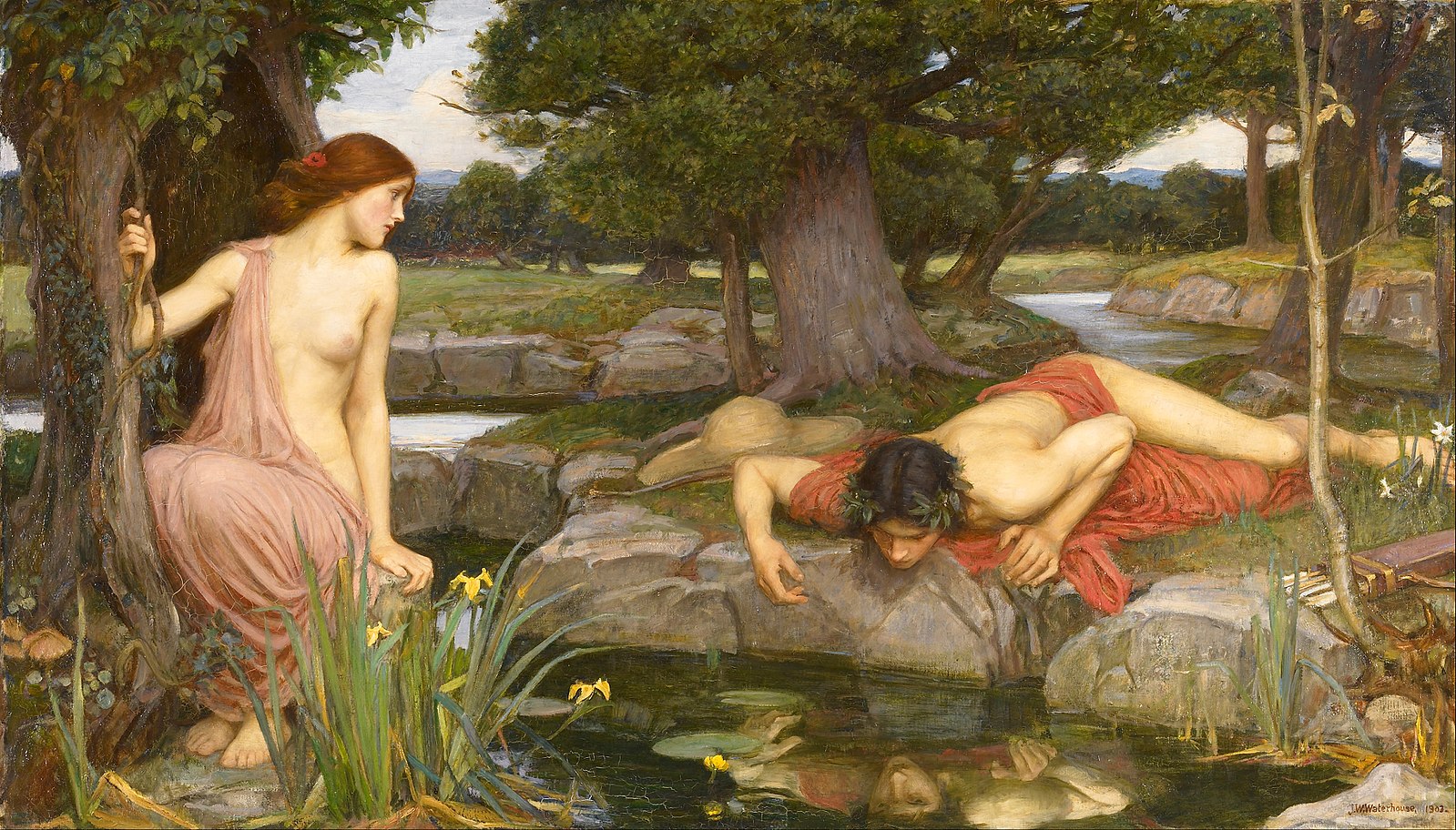 In a 2013 study published in the American Journal of Clinical Nutrition, researchers surveyed four electronic databases and found that only three studies suggested that increased water consumption could lead to weight loss if it’s part of a diet program. But the results were inconsistent for people who were not dieting. Ultimately, the researchers concluded, “The evidence for this association is still low, mostly because of the lack of good-quality studies.”
In a 2013 study published in the American Journal of Clinical Nutrition, researchers surveyed four electronic databases and found that only three studies suggested that increased water consumption could lead to weight loss if it’s part of a diet program. But the results were inconsistent for people who were not dieting. Ultimately, the researchers concluded, “The evidence for this association is still low, mostly because of the lack of good-quality studies.”
Studies have shown that drinking water can help with weight loss if it’s replacing sugary beverages like soda, sweet juices and sports drinks. In a study published in the American Journal of Clinical Nutrition, researchers asked a group of more than 300 overweight and obese individuals to replace such beverages with water for 6 months and found it helped reduce the subjects’ weight by an average of 2 to 2.5%.
Myth #5: Dark-colored pee means you’re dehydrated.
Photo Illustration by Becky Harlan/NPR
Photo Illustration by Becky Harlan/NPR
Scientists commonly measure dehydration by looking at the concentration of sodium and other solids in urine, which is what makes pee darker in color. But that isn’t the most precise way to tell whether someone needs more water, says Hew-Butler.
But that isn’t the most precise way to tell whether someone needs more water, says Hew-Butler.
In 2017, she conducted a study published in the journal BMJ Open Sport & Exercise Medicine to see if measuring the salt concentration of urine was an accurate reflection of the salt concentration in blood. She asked 318 athletes to “pee in a cup, then we drew their blood,” she says. More than half of the athletes showed up as dehydrated when she measured their urine — but when she looked at their blood, none of them showed up as dehydrated.
Just because your urine is dark gold, says Hew-Butler, it doesn’t mean your body is dehydrated. It just means your kidneys aren’t releasing as much water in order to keep your blood’s water-sodium level balanced. It would be more accurate to look at the concentration of sodium in our blood, she says, because our brain’s sensors use that to decide how much water our bodies need.
That said, if you’re not great at paying attention to your thirst, some hydration experts recommend drinking enough water to keep your urine a light, straw-yellow color — a simple way to assess hydration.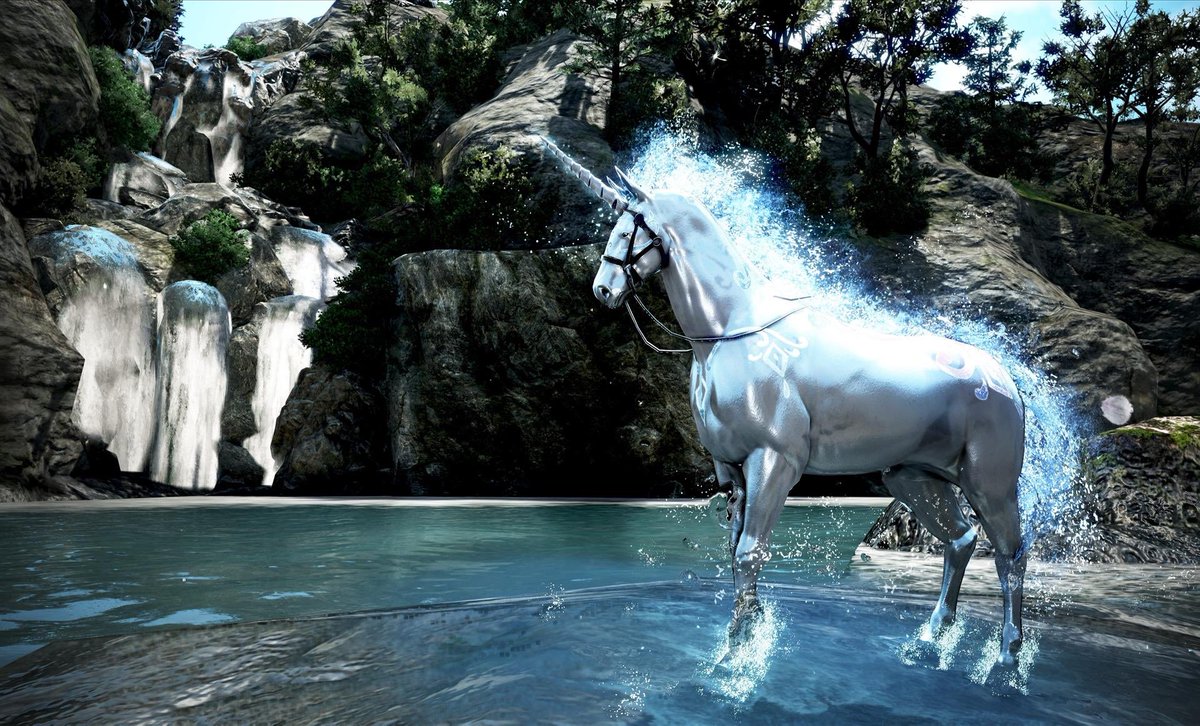
Hydration, like so many things, comes down to balance.
“It’s a happy medium, right?” says Millard-Stafford. “Not too much. Not too little. Just right – the Goldilocks sort of approach.”
The audio portion of this episode was produced by Summer Thomad, with help from Sylvie Douglis. The digital story was edited by Malaka Gharib. We’d love to hear from you. Leave us a voicemail at 202-216-9823, or email us at [email protected].
Truth and myths about water💧.
Water is the basis of biological life on Earth. If other organisms simply satisfy the need for life-giving moisture, a reasonable person needs recommendations for use, explanations for its action. Truth and myths about living and dead water have existed for centuries, are being created to this day. Let’s choose a narrow sector – only the practical use of water. How much and when to drink liquids, taking into account trends and contraindications.
youtube.com/embed/NnJobbpjPdU” frameborder=”0″ allow=”accelerometer; autoplay; encrypted-media; gyroscope; picture-in-picture” allowfullscreen=””>
Biological requirement
The human body was originally programmed for survival. The brain will give a signal, and all forces and thoughts will be directed to eliminate the threat. So it is with drinking. The word thirst means the desire to drink. The body does not have enough water, the blood becomes thicker, the heart works with a heavy load.
Here we need to remember that we do not use H2O, but a solution of salts, gases, microorganisms. The cocktail is fermented, divided into components. The purest h3O is absorbed into the blood. Everything else is absorbed in the right amount, or excreted from the body. It turns out that thirst can be eliminated with kvass, compote, soda. Therefore, any moisture for an organism that needs it is life-giving.
The water balance includes first and second courses, snacks on the run, juices and coffee. Thirst occurs if the total amount of water is not enough. And then a glass of clear liquid from the tap seems unusually tasty.
Thirst occurs if the total amount of water is not enough. And then a glass of clear liquid from the tap seems unusually tasty.
A person’s need for water varies depending on temperature conditions, the intensity of work, or to remove toxins after a plentiful feast. Discomfort is removed by drinking. Water is the lowest-calorie liquid that quenches thirst, but is not food. It is recommended by nutritionists to replenish water hunger.
Debunking myths, confirming the truth
1. Myth. The need to drink 8 glasses or 2 liters of clean water per day. The volume is equivalent, but this postulate, taken out of context, has a continuation: taking into account the liquid received during meals.
It is clear that if there are a lot of fruits in the diet, the traditional drink of the family is tea, compote, kvass – much less water is needed. Families are known where they do not drink water at all, but people are not thirsty, there are no diseases associated with the formation of stones.
The latest developments of international nutritionists have determined the rate of fluid per day as 30-40 ml in terms of weight per body mass index. On average, it turned out that the daily need for a man is 2.9 liters, for a woman 2.2 liters, regardless of actual weight.
2. Myth. Only the amount of pure water drunk is considered. No, the amount of liquid absorbed with food and while drinking is considered.
3. Myth. You can not drink during meals. It is debunked by nutritionists themselves. The absorption of dry food in the form of sandwiches, accompanied by a warm drink, will somewhat dilute the consistency, improve the functioning of the stomach. A cold drink is harmful – food is not completely digested.
Modern recommendations of nutritionists confirm that drinking water with food helps to drink the right amount of fluid per day. If there is a strong gas formation – refuse soda, chew food well and do not talk at the table.
4. Myth. There is never too much water. Happens. Drinking 10 liters a day, you cause the cells of all organs to swell, including the brain. Overhydration sets in, in severe cases, bullying ends in death. A healthy person does not drink so much. With neuropsychiatric disorders of health, the use of the number of drinks should be limited.
Myth. There is never too much water. Happens. Drinking 10 liters a day, you cause the cells of all organs to swell, including the brain. Overhydration sets in, in severe cases, bullying ends in death. A healthy person does not drink so much. With neuropsychiatric disorders of health, the use of the number of drinks should be limited.
5. True. A glass of water on an empty stomach with lemon in the morning is a panacea. Yes, the drink is healthy, invigorates and helps to remove toxins, starts the digestive system, but it is dangerous for those who have gastrointestinal problems associated with gastritis or an ulcer in the acute stage.
6. Myth. If you are thirsty, you are dehydrated. No, with a lack of fluid in the body of 0.5-2.0% of body weight, thirst sets in. It is necessary to drink, preferably in small sips in several doses. Use plain water or carbonated water without sugar. Thirst indicates that the water-salt balance in the body is disturbed in the direction of increasing salt concentration.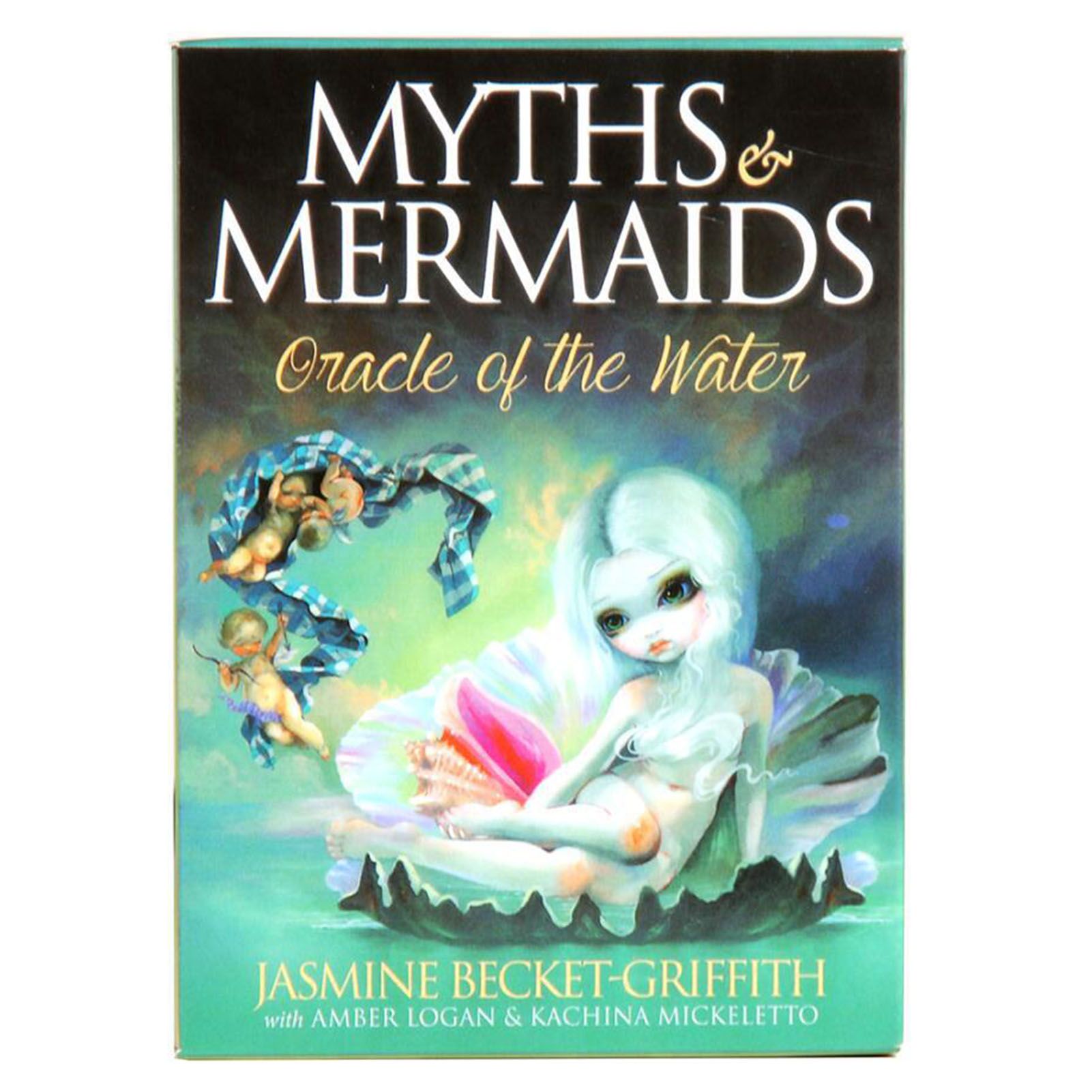
7. True. Water helps to lose weight. Often we confuse the signals of the body, it requires food or drink. If you feel comfortable after drinking, then you will not get unnecessary calories from snacking. Taking care of the figure, you need to drink plain water, not juices and sodas. But it is not possible to deceive the body by taking water instead of food. It’s been verified.
8. Myth. You have to drink, even if you don’t feel like it. It is not necessary if you do not have a temperature, you do not sweat profusely. An indicator that everything is in order in the body is regular urination after 2-4 hours while awake.
9. True. Water cleanses the body of toxins. The kidneys remove toxins in the form of metabolic products in the body, dissolved in water. Dark urine can indicate a lack of water, but not always. Excess fluid will make the body work more intensively, increase the load on it. It is harmful.
10. True. It is good to drink water while exercising.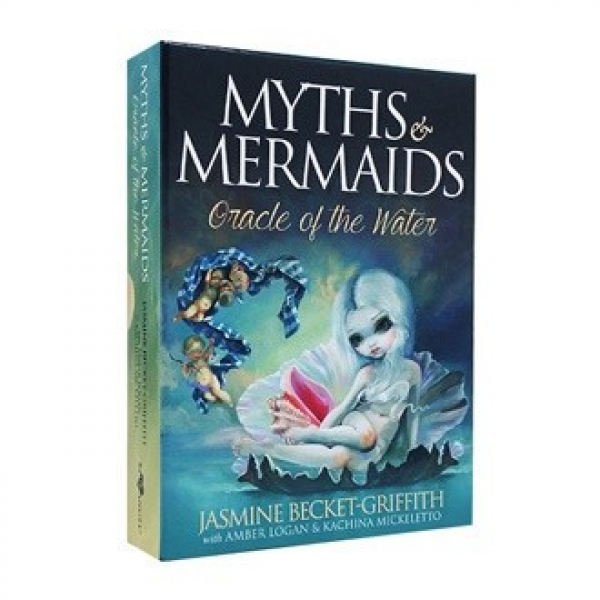
It’s different here. If the training is strength, sodium is removed with sweat, water begins to stagnate in the body. Drink lightly salted water. Steelmakers and metallurgists do the same in hot shops – they have apparatuses with sparkling water and salt nearby. In any case, you can not drink more than 3 liters of water in one hour.
11. Myth. Sports drinks are better for athletes than drinking water. If you are a marathon runner, a stayer skier, it is impossible to do without supplementary nutrition in the form of sports drinks. But only ordinary drinking water is used to quench thirst.
12. Controversial statement. Bottled water is better to drink than tap water. Tap water has passed all stages of water treatment and complies with GOST. However, there may be reverse contamination in the piping. You can get crystal clear water at home by installing a compact post-treatment system.
Bottled water is often poured from the same networks into plastic bottles.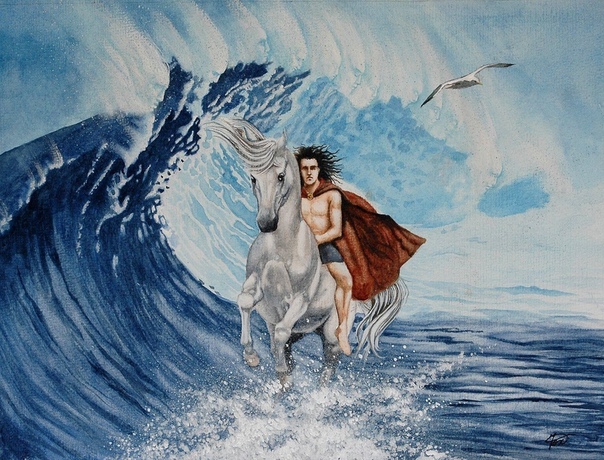 Water is a solvent, which means it receives additional pollution from plastic. If you buy bottled water, make sure it’s fresh from the bottle and don’t reuse the bottles.
Water is a solvent, which means it receives additional pollution from plastic. If you buy bottled water, make sure it’s fresh from the bottle and don’t reuse the bottles.
More information about safe drinking water
There is neither living nor dead water, whether it is usable or not. By scientific definition, a living substance has a metabolism, multiplies. But water has no such property. Water is involved in biochemical processes as a good solvent. Therefore, raw and boiled water are equally useful. You can boil the liquid repeatedly. The taste of the drink changes, but no danger has been identified.
About water in plastic containers you need to know the following:
- bottles should not be stored in the sun, in heat;
- narrow-mouth plastic containers cannot be reused, it is impossible to get rid of the bacteria inside;
- there is an expiration date on the bottles – the water does not deteriorate, but serves as an incubator for the reproduction of microorganisms and dissolves bisphenol A from plastic;
- drink water quickly, or pour into glassware.

An interesting conclusion was made by the researchers about the storage of water on the bedside table. It turns out that during standing, the substance changes its acidity and taste. She absorbs gases, dust from the bed. If a person takes a sip, runs his finger along the rim, bacteria and microbes multiply in the glass.
If the water is closed, in a bottle, but you have already taken a sip, colonies of bacteria will develop there overnight. They are not terrible for you, you live with them. But no one else can use the container of drink that your lips have touched.
Now imagine what is contained in an office cooler, the vessels in which are changed, but not disinfected. The desire to drink will disappear.
Myths about water – the beneficial properties of water, the rules of the drinking regime
Water is necessary for good brain function, harmony and tone. Without a sufficient amount of fluid, the rate of all metabolic processes decreases. Together with mineral salts, water maintains the most important biological constant – the osmotic pressure of the blood. However, the question of how many glasses of water should be consumed per day is still open. The physiological norm is 30-40 ml per 1 kg of weight, approximately 1.8-2 liters of water per day for a woman weighing 60 kg. The need for water increases with physical activity, in conditions of elevated temperature.
Together with mineral salts, water maintains the most important biological constant – the osmotic pressure of the blood. However, the question of how many glasses of water should be consumed per day is still open. The physiological norm is 30-40 ml per 1 kg of weight, approximately 1.8-2 liters of water per day for a woman weighing 60 kg. The need for water increases with physical activity, in conditions of elevated temperature.
In their experiments, French scientists showed that increasing the daily intake of water can reduce the likelihood of kidney stones in healthy people. On the other hand, studies by American physiologists prove that an excess of fluid leads to hyponatremia, when the amount of sodium in the blood plasma falls below the physiological level. This can negatively affect the functioning of the heart and brain.
Introducing the 10 basic rules of the drinking regime.
1. Focus on thirst
The rule of 8 glasses does not work, this is proved by numerous studies by scientists from the USA, Australia, and Japan.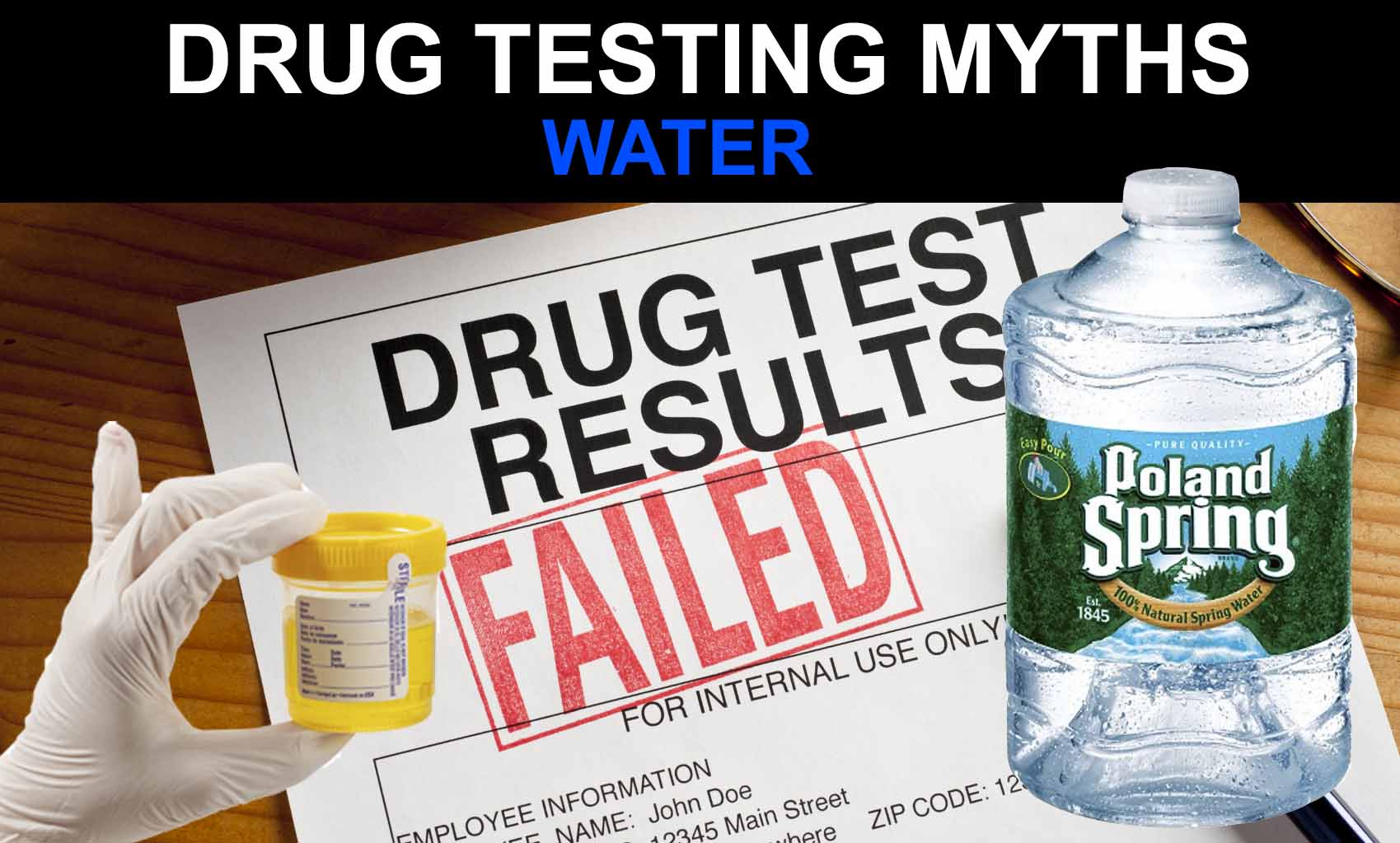 During the day, the body spends about 1-1.5 liters of fluid, but everything is individual. Some people may need more water. Do not forget that you can also get water from food. Fruits and vegetables, smoothies, tea, coffee, soups – the body also knows how to extract water from these foods and dishes. If you don’t want to drink, you don’t have to force yourself.
During the day, the body spends about 1-1.5 liters of fluid, but everything is individual. Some people may need more water. Do not forget that you can also get water from food. Fruits and vegetables, smoothies, tea, coffee, soups – the body also knows how to extract water from these foods and dishes. If you don’t want to drink, you don’t have to force yourself.
2. Lemon water is good for you
According to Japanese gastroenterologist Hiromi Shinya, a glass of water with a slice of lemon in the morning helps “start” the stomach and stimulates the outflow of bile. In addition, lemon essential oil has an antiviral and tonic effect.
3. Do not replace water with juices
Sweet fruit juices, especially packaged or even freshly squeezed, are hardly a healthy alternative to water. They contain a lot of sugar, and the valuable fiber necessary for digestion is completely or partially absent.
4. Do not drink sugary sparkling water
Forget your favorite soda. In addition to dyes, aggressive acids and synthetic flavors, soda contains nothing. It is almost impossible to quench the feeling of thirst with a “cocktail”, which includes an excessive amount of sugar (some types of drinks contain up to 50 g of sugar per 100 ml). But getting extra calories, provoking allergies and ruining tooth enamel is quite possible.
In addition to dyes, aggressive acids and synthetic flavors, soda contains nothing. It is almost impossible to quench the feeling of thirst with a “cocktail”, which includes an excessive amount of sugar (some types of drinks contain up to 50 g of sugar per 100 ml). But getting extra calories, provoking allergies and ruining tooth enamel is quite possible.
5. If you have a cold, drink more water
A sufficient amount of water helps to quickly remove the decay products of viruses and bacteria along with sweat and urine. Add cranberry (lingonberry) juice to this – it has an anti-inflammatory and firming effect and helps to recover faster.
6. Take water to workout
Be sure to bring a bottle of non-carbonated water to fitness classes or a run. Increased sweating must be compensated! The optimal mode is to take several sips of water once every half hour. Another option is to use special isotonic drinks that compensate not only for the loss of fluid, but also for valuable salts.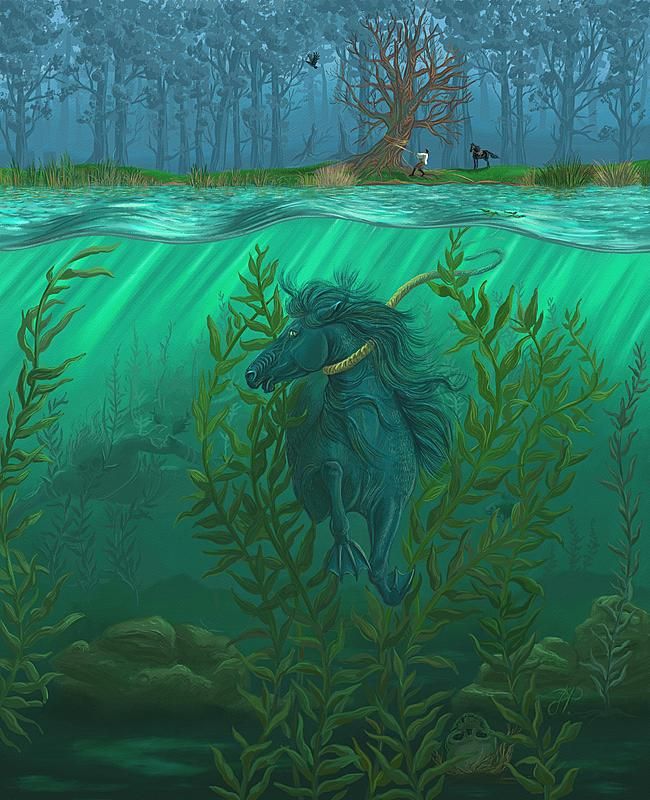
7. Do not reuse regular plastic bottles
They are for single food use only. They drank water and threw it away. Firstly, bacteria that can provoke an infection like to “settle” on the inner surface of such containers. And secondly, in the presence of oxygen or when heated, the plastic from which the bottle is made “releases” harmful chemicals that are toxic to the body.
8. Distinguish between thirst and hunger
Nutritionists advise: “If you want to eat – drink water.” It’s very easy to recognize true thirst and not get extra calories at the same time. Please note: if after 15-20 minutes the desire to eat does not arise, then the body needed water, not food. The desire to eat has arisen again – then a break for lunch is definitely required.
9. Choose the right water
Water is divided into several types: medicinal, table, spring. The dining room is the safest, it contains a balanced amount of minerals. But medicinal waters should be consumed only according to indications, since an excess amount of micro- and macroelements, especially chlorides, is unsafe.

